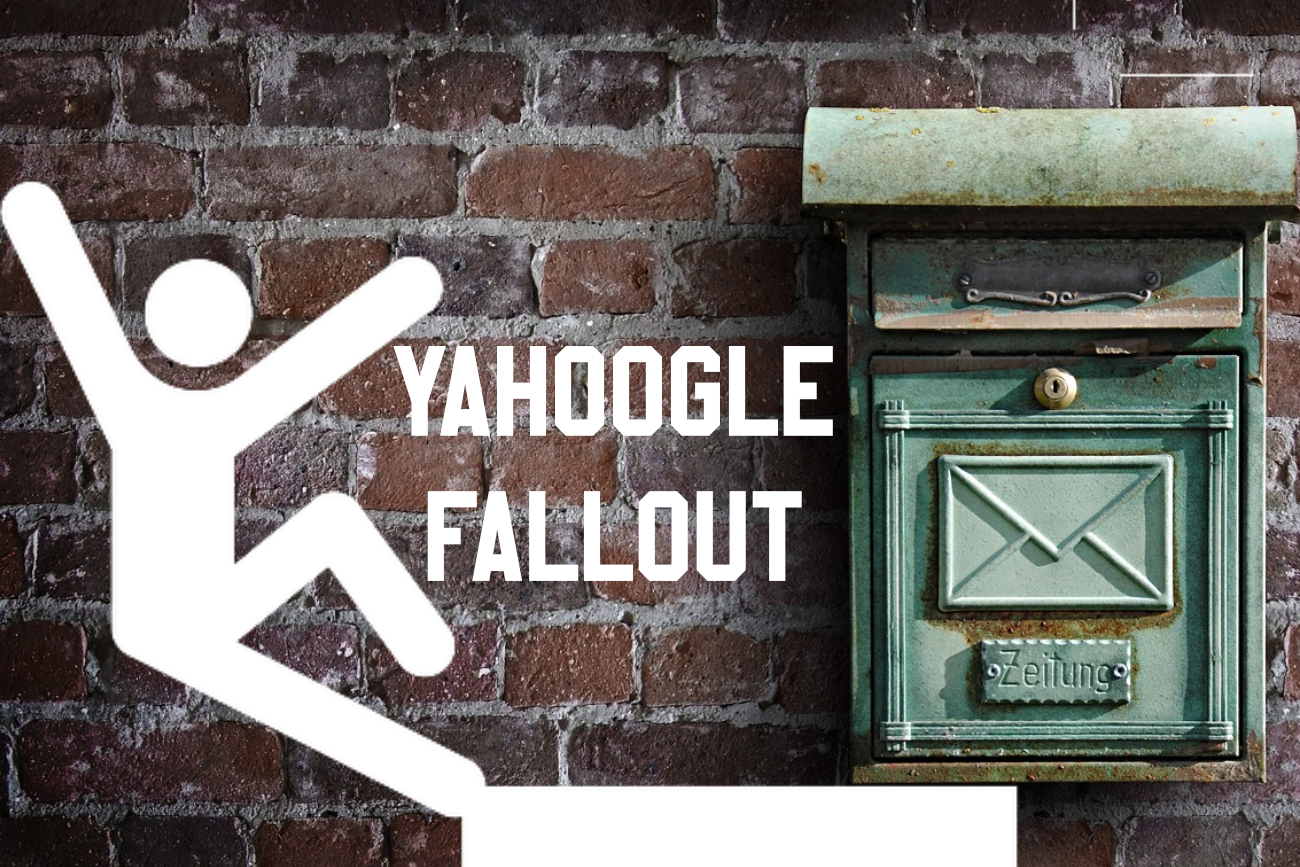Who doesn’t love the smell of fresh new IP addresses? Well, anyone charged with warming IP addresses for...
On February 1, Yahoo and Google released a new initiative to reduce unsolicited emails sent. There were three key pieces of the plan.
- A low “report spam” rate
- Unsubscribe and opt-out links
- Sending domain authentication
The Impact
First, a low “report spam” rate. This rate is controllable by most users by reducing the amount of unsolicited email sent. Second, including unsubscribe and opt-out links in every email. Those links will be provided by the email service providers. The last and probably most impactful requirement to authenticate your domain. Authentication requires a little more technical prowess. That requirement is the only change that lands squarely on the email marketer and it will be the most difficult to implement.
Sending Domain Authentication
Setting up domain authentication records, while not difficult, does require greater internet savvy and access to the domain’s DNS records. The internet is built upon IP addresses. These addresses are a series of numbers that identify where you are on the internet. We assign domain names (audiencepoint.com) to those IP addresses through a protocol called Domain Name System aka DNS. This system is either something you set up when you purchased your domain or someone at your organization controls it. Because the DNS tells the internet where to send traffic for a given domain, the ability to change that record must be kept secure.
How to set Authentication for the DNS Record
Once you find the DNS record, adding the authentication records for SPF, DKIM, and DMARC is easy, you add a “txt” record to the sending domain and wait.
What are the Records that Need to be Set?
The below values will be provided to you by your email service provider.
- SPF – Checks if the sending server is an authorized sender
- DKIM – Detects forged sender domains by creating digitally verifiable fingerprints
- DMARC – Expands on SPF and DKIM and allows the domain owner to publish policies that protect form email spoofing.
The Biggest Impact
So far, the most impacted entities by this policy change are the “Cheap and Cheerful” email service providers (thanks to Chris Marriott for coining this term). These ESPs make their oney by servicing small businesses and organizations by bringing the power of email without the complexity of email.
Authentication Requires Complexity
The cheap and cheerful ESPs draw a less sophisticated customer. Their ability to find their DNS, let alone add a record, is severely impacted whether that is the person making the change or by describing the situation to their IT departments so that the IT departments can make the change.
The Result
Some part-time emailers will abandon the channel, others will adopt the new technologies being released that the ESPs control. Either way, these ESPs will see fewer paying customers and increase dev expenses as they adjust to this new change. The following quote was from an emailer on one of those cheap and cheerful ESPs which captures the the perspective of this type of emailer.
“I only have 100 contacts, I will just send my email from the corporate account. Sure I lose tracking, but my emails are going to go out, right?
Which ESPs are Cheap and Cheerful?
If you are paying less than $100/month, you are likely using one of these ESPs and there are a lot of cheap and cheerful ESPs. The following, albeit, not a comprehensive list of cheap and cheerful ESPs, are likely impacted by the new rules.
- A. Weber
- Active Campaign
- Brevo
- Campaign Monitor
- Constant Contact
- Emma
- Email Octopus
- GetResponse
- iContact
- Klaviyo
- MailChimp
- Mailerlite
- Moosend
- Omnisend
- Sendpulse
Conclusion
The reason that these regulations were added to email marketing is because both Yahoo and Google see email as a growth channel. They are investing in the channel so that it can grow. Without these kinds of regulations, email will sabotage itself. if you make it too easy for someone to sign up for an account and send millions of emails to millions of people, you are inviting people to do that. The more unsolicited emails sent, the more fatigue that sets in from the receiving audience. That fatigue will drive good email marketing consumers to other channels and receive their offers which is bad. While this new regulation creates additional pain, it will also protect the channel for years to come.



